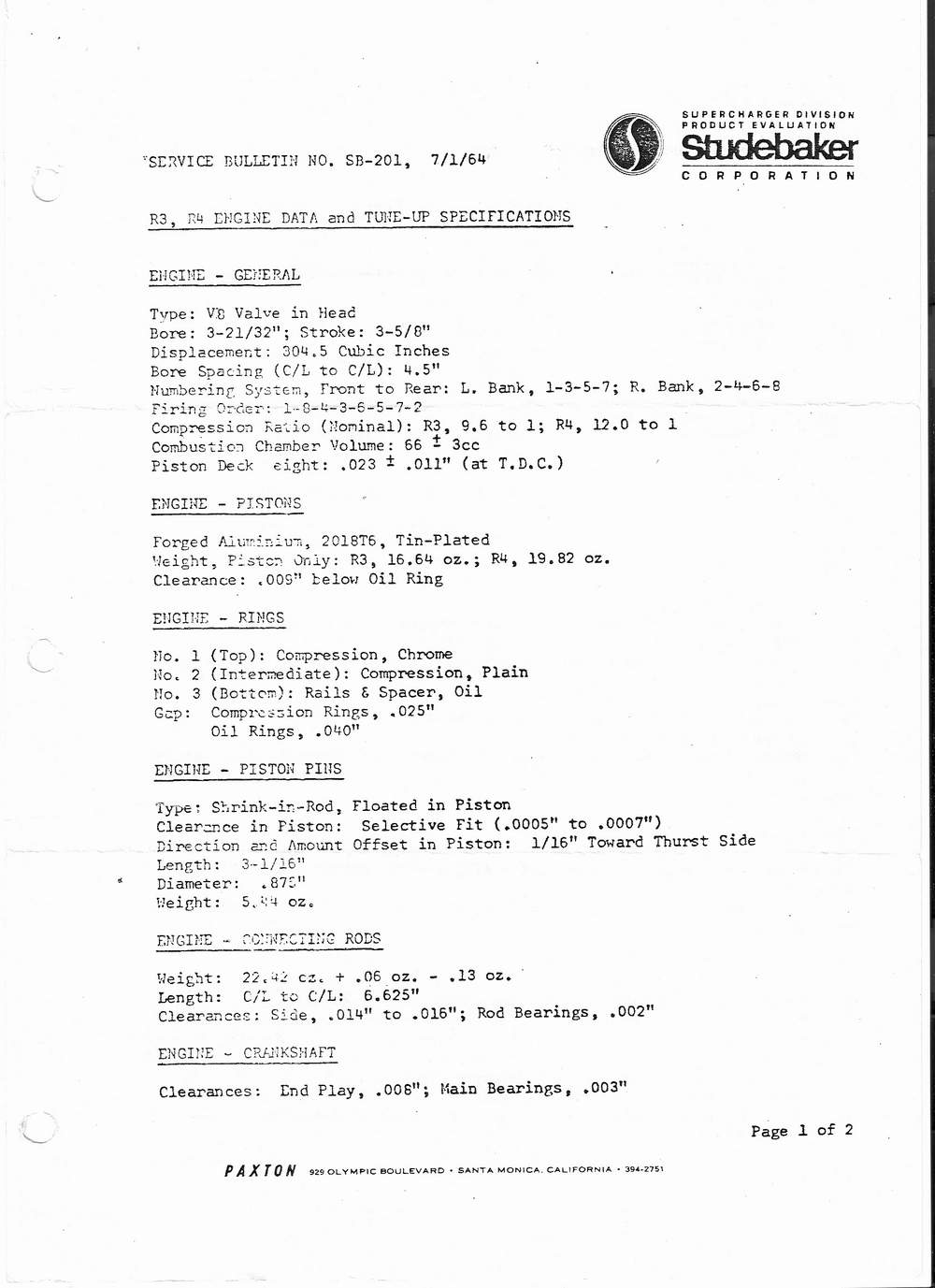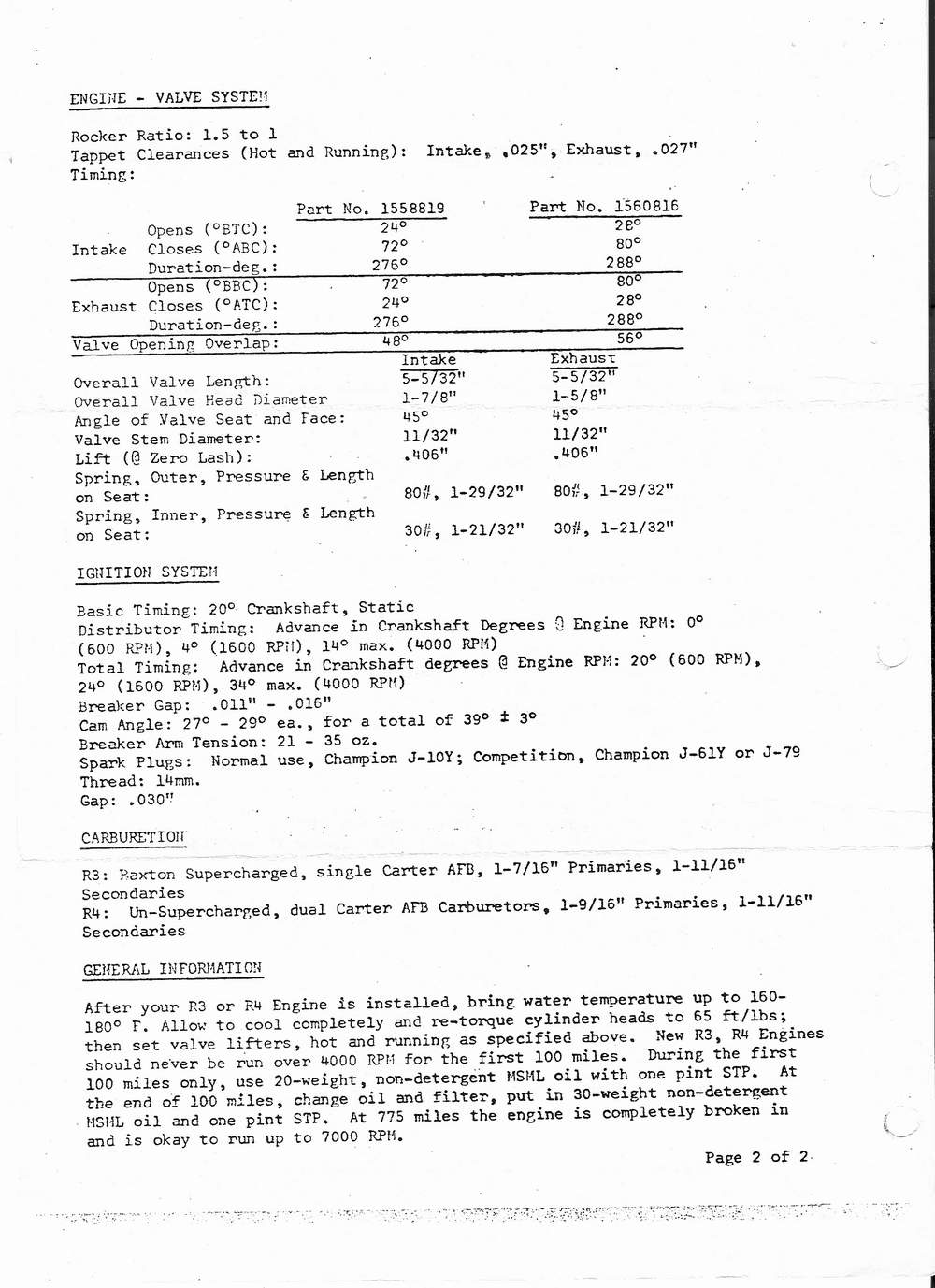In the co-operator, there is a very good explanation of the differences between the R-series engines, so I had a couple of questions.
It says the the R-3 engine, with a supercharger and single 4-barrel carb put out 355 HP, but an R-4 with higher compression pistons, dual 4-barrels and no supercharger dropped to 280 HP. Does the removal of the supercharger really cause that much of a drop in HP in spite of the other performance modifications?
How much HP does a supercharger add, with all other things being equal?
How does a 57 GH engine compare to the R-series engines? Does it fall in there somewhere, or is it more of an R-0 engine from which the others were improved?
It says the the R-3 engine, with a supercharger and single 4-barrel carb put out 355 HP, but an R-4 with higher compression pistons, dual 4-barrels and no supercharger dropped to 280 HP. Does the removal of the supercharger really cause that much of a drop in HP in spite of the other performance modifications?
How much HP does a supercharger add, with all other things being equal?
How does a 57 GH engine compare to the R-series engines? Does it fall in there somewhere, or is it more of an R-0 engine from which the others were improved?

 BP
BP
 We've got to quit saying,
We've got to quit saying, 




 There you have it, guys!
There you have it, guys!  [}
[}


Comment